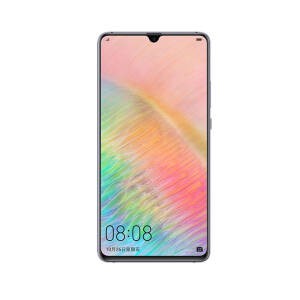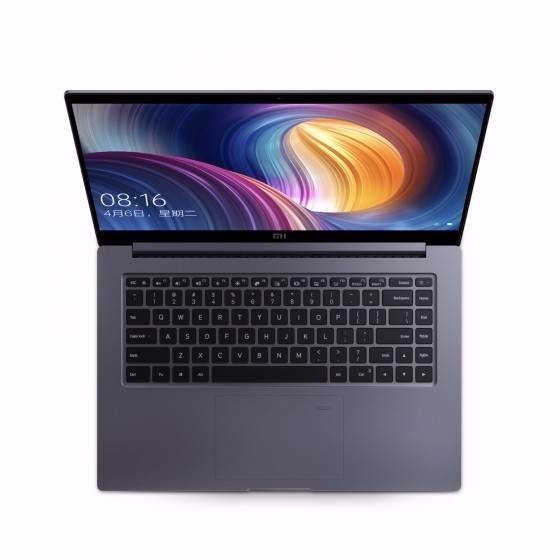- Hongmeng 4.0, Huawei Smart Driving, 5G RedCap! Year end inventory: Eight major trends in the IoT industry in 2023
- Five layer architecture of the Internet of Things: perception layer, network layer, data layer, application layer, and business layer
- Industrial Internet of Things and Its Applications: Concepts, Architecture, Key Technologies, Applications, and Challenges
- A fully open-source IoT platform for the Internet of Things
- Deep Analysis of the Working Principles of the Internet of Things (IoT)
E-mail:mkt@xhyiot.com
TEL:+86 400-886-5683
Address:Building 1, 1st Floor, No. 58 Dijie Road, Baoshan District, Shanghai
Deep Analysis of the Working Principles of the Internet of Things (IoT)
In a seemingly ordinary world, an invisible revolution is quietly taking place. It is not carried out in grand buildings or unfolded under vast skies, but silently changes everything in the details of our daily lives. The name of this revolution is the Internet of Things (IoT), a magical field that transforms everyday objects into intelligent entities. From the smartwatch on your wrist to the street lamp on the street corner, from the distant factory to the refrigerator in your home, the Internet of Things is invisibly weaving a brand new digital world. But how does the Internet of Things operate? How does it silently penetrate and change our lives? Let's uncover the mystery behind this technological miracle. The concept of the Internet of Things originated in the late 20th century, when the technological community began exploring the possibility of interconnectivity between objects. With the rapid development of sensor technology, wireless communication, and data storage capabilities, this concept has gradually become a reality. IoT devices can perceive the environment, collect data, and transmit this information through the network. The cornerstone of the Internet of Things is various sensors and intelligent devices. These devices range from simple temperature sensors to complex industrial robots, capable of collecting various types of data, such as temperature, humidity, position, speed, etc. The diversity of sensors enables the Internet of Things to be widely applied in different industries and scenarios. In order to achieve effective data transmission, the Internet of Things relies on various wireless communication technologies. This includes Wi Fi, Bluetooth, Zigbee, and cellular network technology. In addition, the Internet of Things also utilizes cloud computing technology to migrate data storage and processing to remote servers, thereby improving efficiency and scalability. Cloud computing plays an important role in the development of the Internet of Things. It not only provides powerful data processing capabilities, but also enables devices to remotely access and share data. This centralized data processing method makes IoT systems more flexible and powerful.
Operating principle
The core of the Internet of Things system lies in its ability to capture, transmit, and analyze data from everyday objects. This process begins with various sensors and devices that continuously collect information about their surrounding environment. Then, these data are transmitted to the central processing system through various network protocols, such as Wi Fi or cellular networks. These data will be stored, analyzed, and processed on the cloud platform or local server to extract useful information and make corresponding responses.
A key feature of the Internet of Things is its automation capability.
By setting specific rules and algorithms, the system can autonomously make decisions and execute actions, such as adjusting temperature, issuing alarms, or optimizing production processes. This automation not only improves efficiency, but also reduces the possibility of human errors.

Another important aspect is security.
As more and more devices connect to the internet, protecting these devices and transmitted data from attacks and leaks has become crucial. Therefore, encryption technology, security protocols, and continuous security updates have become indispensable components of IoT systems.
Application Principles
The application of the Internet of Things covers a wide range of fields from households to industry, and even the entire city.
In households, smart home systems can automatically adjust lighting, temperature, and safety settings based on the habits and preferences of residents. In the field of agriculture, IoT technology can monitor soil moisture and climate conditions, helping farmers optimize crop planting and harvesting. In the industrial field, the Internet of Things enables factories to become more intelligent and automated by implementing the Industry 4.0 revolution.
By monitoring device performance and production processes, the Internet of Things helps improve production efficiency, reduce downtime, and achieve higher safety standards. In addition, the Internet of Things has shown great potential in the medical field, such as providing more timely and personalized medical services through remote monitoring of patient health status.

In the construction of smart cities, the Internet of Things plays an indispensable role.
By deploying millions of sensors, smart cities utilize the Internet of Things to optimize traffic flow, monitor environmental quality, improve energy efficiency, and even provide real-time response in emergency situations. This not only improves the efficiency of urban management, but also greatly enhances the quality of life of residents.
In addition, the Internet of Things also has important applications in the healthcare and fitness industries.
Wearable devices such as smartwatches and fitness trackers can monitor users' physiological parameters, such as heart rate, sleep quality, and activity levels. These data can be used for personalized health advice, and even in some cases, for early disease detection.
Future Outlook 

Looking ahead, the Internet of Things will continue to drive technological innovation and industry transformation. With the deployment of 5G networks, the connection speed and reliability of IoT devices will be greatly improved. This will further expand the application scope of the Internet of Things, especially in applications requiring real-time data processing and analysis, such as autonomous vehicle and telemedicine.
The advancement of artificial intelligence and machine learning will make IoT systems more intelligent. Devices can not only collect data, but also learn and adapt to user behavior and preferences. This intelligence will make IoT applications more personalized and efficient.

However, with the development of the Internet of Things, it has also brought challenges in terms of security and privacy. Protecting massive amounts of IoT data, preventing unauthorized access and data leakage, will become a key focus for future development.

- Previous:No time
- Next:A fully open-source IoT platform for the Internet of Things



